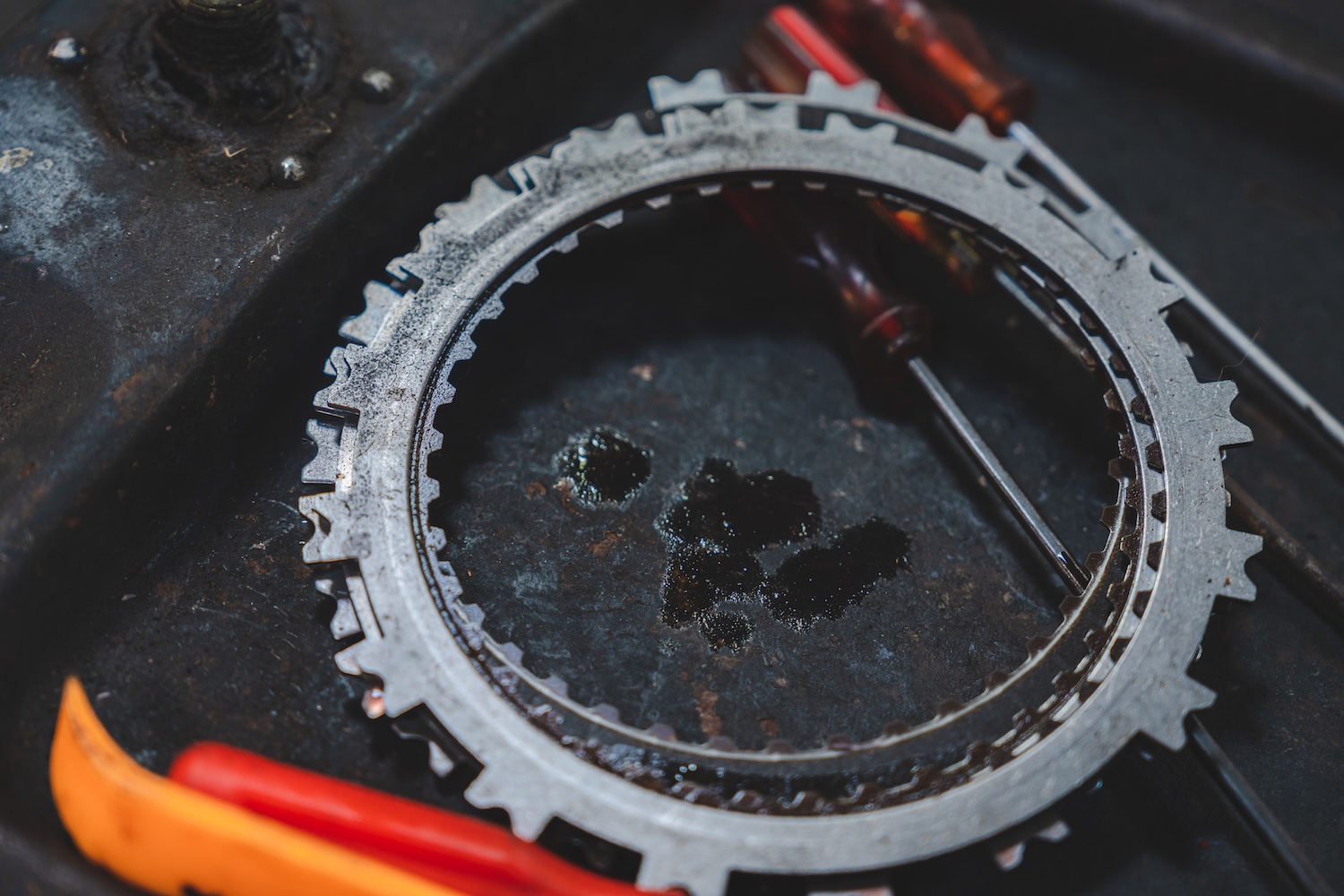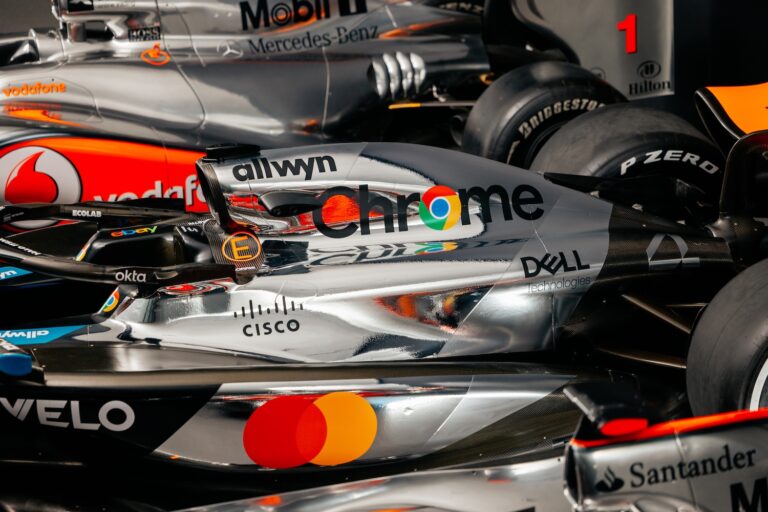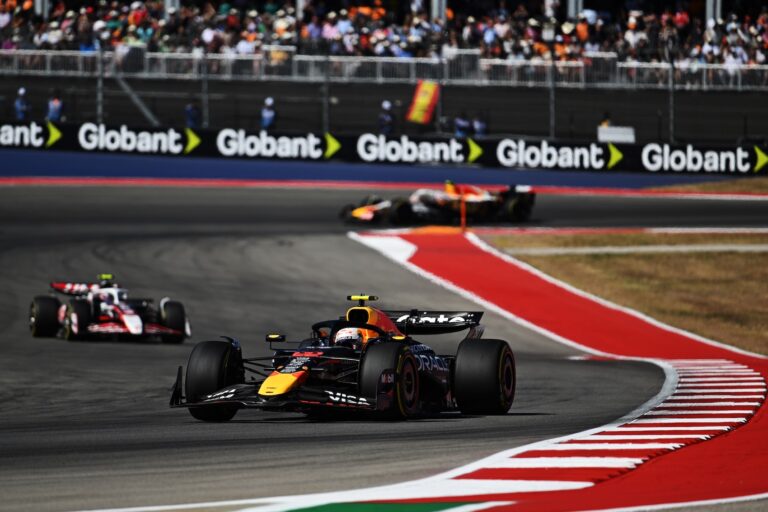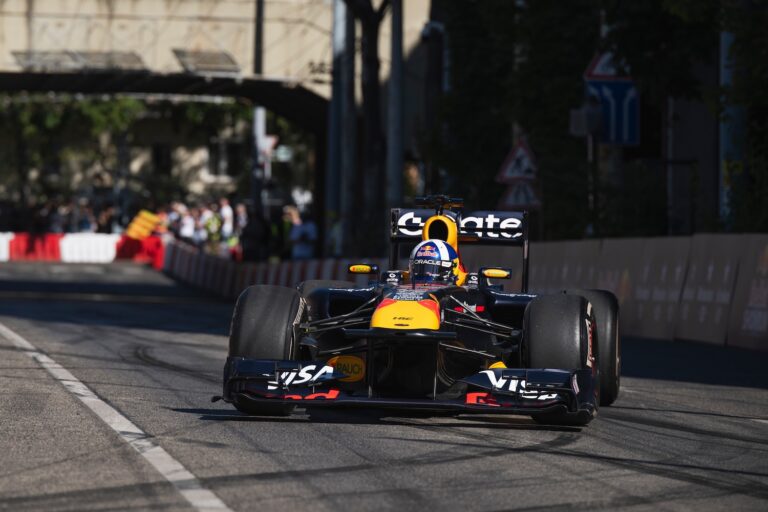Are you experiencing difficulty shifting gears or hearing unusual noises while driving? Is your vehicle struggling to accelerate smoothly? These symptoms might indicate clutch issues. At this point, you may be wondering whether you need a simple clutch plate replacement or a comprehensive full clutch kit replacement.
Getting to the bottom of this issue can save you time and money while ensuring your vehicle operates smoothly.
Understanding Clutch Components
A clutch system is vital for the performance of a manual transmission vehicle, enabling you to control gear shifts seamlessly.
Components of a Clutch System
1. Clutch Plate:
This is the primary component, interacting with the flywheel to engage and disengage the engine from the transmission.
2. Flywheel:
It helps smooth out engine power and works with the clutch plate to transfer this power to the transmission.
3. Pressure Plate:
This component holds the clutch plate against the flywheel using a release bearing.
4. Release Bearing and Actuator:
These components manage the contact between the clutch plate and the flywheel.
Recognizing how these parts work together can help you determine what needs replacement when problems arise.
Clutch Plate Replacement
A clutch plate replacement is often necessary when the clutch plate has worn down, leading to problematic driving experiences.
When to Consider Clutch Plate Replacement
1. Slipping Clutch:
If you notice a delay in acceleration or if the engine revs without an increase in speed, your clutch plate might be slipping.
2. Difficulty Shifting Gears:
Hard-to-shift gears indicate an issue with the clutch plate’s engagement.
3. Strange Smells:
A burnt smell may signal excessive clutch friction due to a worn clutch plate.
If you encounter any of these problems, a clutch plate replacement might be a cost-effective solution to get your vehicle back in top shape.
However, understanding the limits of just replacing the clutch plate alone is key.
Full Clutch Kit Replacement
A full clutch kit replacement involves changing all major components of the clutch system, which is sometimes necessary for optimal vehicle performance.
When to Opt for a Full Clutch Kit Replacement
1. Comprehensive Wear and Tear:
If multiple components of your clutch system are worn, a full kit replacement might be more economical and effective in the long run.
2. Recurring Problems:
If clutch issues persist even after a clutch plate replacement, a full kit might be necessary to address underlying problems.
3. Vehicle Age and Use:
Older vehicles or those used extensively in demanding conditions may benefit from a full clutch replacement.
When you opt for a full clutch kit replacement, you’re not just prolonging the life of your vehicle, but you’re also ensuring all parts work harmoniously.
Comparing Costs and Benefits
Making an informed decision between a clutch plate replacement and a full clutch kit replacement involves understanding both costs and benefits.
Costs Involved
– Clutch Plate Replacement:
This is usually less expensive, involving only the removal and replacement of the clutch plate itself.
– Full Clutch Kit Replacement:
This option includes replacing the pressure plate, release bearing, and flywheel, which incurs higher costs but also greater benefits.
Benefits Analysis
– Performance:
A full clutch kit replacement typically results in smoother power transfer and better overall performance.
– Longevity:
Replacing the entire clutch system can prevent future breakdowns, providing a longer-term solution.
Making the Choice
Consider your budget, vehicle condition, and driving needs.
A clutch plate replacement might suffice for a newer vehicle with minor wear, while older vehicles or those frequently driven in tougher conditions might require a complete overhaul for optimal performance.
How to Determine the Right Replacement
Identifying whether your vehicle needs a clutch plate replacement or a full clutch kit replacement requires careful evaluation and sometimes professional assessment.
Self-Assessment Tips
1. Mileage Consideration:
Evaluate your vehicle’s mileage.
A high-mileage vehicle may need a full kit.
2. Driving Conditions:
Assess how often you drive in adverse conditions, like heavy traffic or hill terrains, which might necessitate a full kit replacement.
3. Service History:
Check when the last clutch servicing was performed and if it resolved past issues to determine the next step.
Maintaining Your Clutch System
Proper maintenance can extend the life of your clutch system, whether you’ve opted for a clutch plate or full kit replacement.
Maintenance Tips
1. Regular Inspections:
Routine checks can help catch wear and tear early.
2. Proper Driving Habits:
Avoid riding the clutch unnecessarily to prevent premature wear.
3. Timely Servicing:
Follow your vehicle’s service schedule to maintain optimal clutch performance.
4. Fluid Checks:
Ensure fluids are at appropriate levels to facilitate smooth clutch operation.
Implementing these maintenance tips can not only extend the lifespan of your clutch system but also enhance your vehicle’s overall operation and performance.
Conclusion
Determining whether you need a clutch plate replacement or a full clutch kit replacement involves a mix of examining symptoms, understanding vehicle use, and consulting with professionals.
While a clutch plate replacement might solve immediate issues inexpensively, a full clutch kit replacement could provide a comprehensive solution, ensuring long-term reliability and enhanced performance.
Weighing the costs against the benefits and considering the specific demands of your vehicle will guide you toward making the right decision for your needs.
Prioritizing regular maintenance and mindful driving habits will prolong the life of your clutch system, enabling a smoother, more reliable driving experience.








